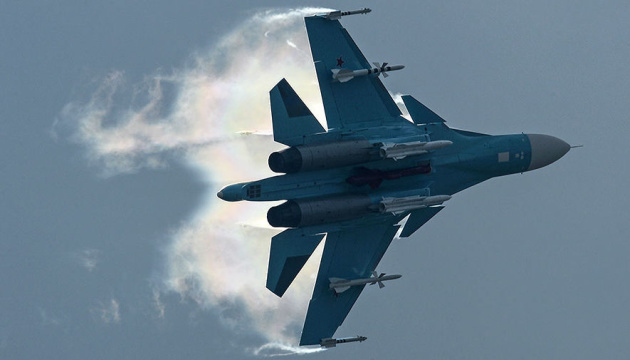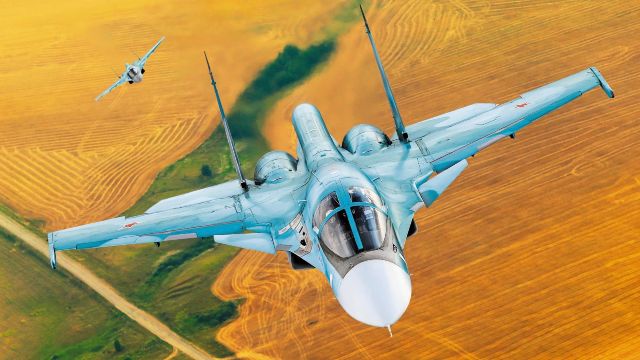In a significant escalation of military operations, Russia has recently deployed the latest version of its Su-34 attack aircraft to the conflict in Ukraine for real combat testing. This move not only showcases Russia’s intent to leverage its advanced military technology in active conflict zones but also raises concerns about the potential implications for the ongoing war and global security.
The Su-34: A Technological Marvel
The Su-34, often referred to as the “Fullback” in NATO terminology, is a twin-engine, twin-seat, all-weather supersonic medium-range fighter-bomber/strike aircraft. Originally designed during the Soviet era, the Su-34 has undergone numerous upgrades over the years, with the latest version incorporating cutting-edge technology. This includes advanced avionics, radar systems, and precision-guided munitions, making it one of the most formidable attack aircraft in Russia’s arsenal.
The latest iteration of the Su-34, now being tested in Ukraine, is believed to feature enhanced electronic warfare capabilities and improved survivability against advanced air defense systems. These upgrades are designed to give Russian forces a significant edge in contested airspace, allowing them to strike targets with greater precision and reduce the aircraft’s vulnerability to enemy fire.

Combat Testing in Ukraine: A Strategic Move
Russia’s decision to deploy the latest Su-34 to Ukraine serves multiple strategic purposes. First and foremost, it provides a real-world testing ground for the aircraft’s new capabilities. Combat testing in a high-stakes environment like Ukraine allows Russian military engineers to assess the aircraft’s performance under pressure, identify any weaknesses, and make necessary adjustments.
Moreover, this move sends a clear message to the international community, particularly NATO countries, about Russia’s military capabilities and its willingness to use advanced technology in active conflict zones. The Su-34’s deployment is likely intended to deter further Western involvement in the conflict and demonstrate Russia’s commitment to maintaining its military superiority.

Implications for Ukraine and Beyond
For Ukraine, the deployment of the latest Su-34 poses a significant threat. The aircraft’s advanced capabilities, particularly its precision strike and electronic warfare systems, could enable Russian forces to target critical infrastructure, military installations, and supply lines with devastating accuracy. This could further complicate Ukraine’s efforts to defend its territory and prolong the conflict.
On a broader scale, the deployment of the Su-34 raises concerns about the potential for further escalation of the conflict. As Russia continues to test and refine its advanced military technology, there is a growing risk that these capabilities could be used in other conflict zones or even against NATO forces in the event of a direct confrontation. The international community will be closely monitoring the situation, as the use of such advanced weaponry could have far-reaching consequences for global security.

Conclusion
The deployment of the latest version of the Su-34 attack aircraft to Ukraine represents a significant development in the ongoing conflict. As Russia tests its advanced military technology in real combat conditions, the stakes are rising not only for Ukraine but for the entire international community. The world will be watching closely to see how this latest chapter in the conflict unfolds and what it might mean for the future of warfare.





